If you’ve ever been lucky enough to attend a yarn show, you’ll have been greeted by stall after stall of beautiful hand-dyed skeins, many local yarn shops sell a selection too and Etsy has an abundance of yarn sellers. In all the colours of the rainbow and more, the hand-dyed market is booming and innovative techniques have been created to bring a different look to knitted, crocheted and woven projects.
When I first started designing for crochet, there weren’t many, if any, designers using hand-dyed yarns. I thought at the time that it was probably because of the myth of crochet using so much more yarn (yeah, I said it! Myth!) and so big box brands were always pushed as being more economic for crocheters. One of the tenets of The Crochet Project, when we started, was to showcase hand-dyed yarns in our designs: why should knitters have all the fun! Since then, thankfully I’ve seen its use in crochet grow with more crocheters discovering the joy of hand-dyed yarns and more dyers realising its a growing market and showing crochet samples of their yarn.
Hand dyed yarn is a more expensive product than its mill spun counterparts because it is labour intensive to produce. So while the range of colour and effects is a pull, so is the cachet of making with a luxury item. The trickle down effect of this has been that some commercial producers have tried to recreate the effects in their mill-dyed ranges.
Different types of hand-dying
To help me discover more about how hand-dyed yarn is produced and what you can crochet with it I interviewed my good friend Vicki of Vicki Brown Designs. As a fellow crochet designer, I felt she would have an interesting take on using hand-dyed yarn for crochet too.
Vicki started dying in her small kitchen in Cheltenham for fun and for her own use with Kool Aid as a dye. A trip to Wonderwool festival resulted in the purchase of a small set of professional acid dyes and her experiments took off. She used the yarn she had created for one of her crochet designs and friends and colleagues (myself and Kat included) encouraged her to turn her hand to dyeing professionally. She began by launching a shawl club where she sent out a skein of yarn and accompanying pattern to subscribers each month. The business has since grown and she has moved into a studio in town.
I asked Vicki if being a crocheter affected her dyeing. “It definitely did in the beginning when I was dyeing yarn especially for crochet patterns, I would have a very specific idea in my head of what I wanted and try to recreate that on the yarn. Sometimes it still does and sometimes I like the challenge of finding a pattern for the yarn rather than a yarn for the pattern.”
There are lots of different categories of dyeing but three of the most popular are semi-solid, variegated and speckled.
Semi-solid yarns are tonal, they use the same colour but the hand dying process means that there are different amounts of uptake in colour across the yarn base giving a range of depths of shade and tone. Vicki describes these are the least time consuming to dye. “I will simply submerge the yarn in a cold bath of dye, leave it to soak - usually overnight then the next day heat it up with some citric acid to set the dye in place, when the yarn has absorbed all the dye it's done.”
Variegated yarns have multiple colours in short lengths. There can be anything from two colours up and they may be complementary or clashing. Some dyers will allow the dyes to blend where they meet to create a yarn that smoothly transitions from one colour to the next, while others like to keep the colours separate to create a bold visual splash in the work. Vicki described her process for me. “I use big old preserving pans for my dyeing and sometimes fish kettles. Both of these work really well for me for variegated yarns. I lay the yarn out in shallow hot water, with the citric acid already added so that the dye takes quickly to the yarn, then I carefully add the different dyes to different areas of the yarn. Because the yarn is hot, the dyes absorb really quickly so you don't get too much bleeding and muddling of colours”
Speckled yarns can be added to a plain yarn, or over a semi solid or a variegated yarn. Little spots of colour are added to the yarn. This is the trickiest and most time consuming of the three according to Vicki “I have a few different techniques depending on what kind of look I'm going for. My favourite is to heat the yarn first in a base colour and citric acid, until it's really really hot! Then I remove the yarn from the water - squeeze out as much water as I can, lay it out on a surface, then sprinkle the powdered dye directly on to the yarn, whilst it's still really hot (it's a messy and hot process). Then after around 20 minutes I rinse it with cold water to remove any dye that didn't set in place. Then I heat the yarn one last time to make sure all the dye is set.
The process of hand dyeing yarn is a mixture of both art and science and it creates a product where no two skeins are exactly alike. Side note: this is why if you are making a larger piece using hand-dyed yarns you should alternate your skeins every few rows rather than finishing one skein and moving to the next. As Vicki says, ”You can create so many wonderfully colourful yarns that are real one of a kind, even when you're following the same recipes and using the same techniques. I really love using these types of yarns because you get a little surprise in every stitch.”
Crocheting with hand-dyed yarn
It can be tricky to understand how a skein of hand dyed yarn will look once its worked up. Most dyers, if they show a sample show it in knitted stocking stitch. Each individual knit stitch uses less yarn than a crochet stitch and crochet stitches introduce more twist so the yarn moves through the stitch in a different way. This means that knitting and crochet make the hand-dyed yarn look different. This especially applies to variegated and speckled yarns.
As a designer, I find that I can use a semi solid happily in any design and the subtle variations in tone will add depth and interest to the work. I find patterns that use speckles and variegation, especially bold clashes harder to incorporate and prefer to design specifically for them. I want to look for stitches and techniques that show the yarn off to its best. I wanted to share with you some of the stitches that I think work well.
One of the main things I look for in a stitch to use with hand-dyed yarns is something that creates an untwisted section in the patter. One of the very simplest ways of doing this is working in the back loop only of a stitch so the front loop remains uncovered to create a straight section of yarn. Half trebles are particularly effecting as they have a horizonal bar on the wrong side which creates another float. I used this to good effect in the Fronds Shawl

Puff stitches and clusters, particularly those based on a half treble (so they are lots of loops you pull through on the hoop) are great at creating lots of floats in one place that can really show off the colours in certain yarns. Popcorns, bullion stitches and bead stitch would all fall in this category too.
Spike stitches create beautiful long floats and when laid over a solid or semi-solid background add a real pop. The depth of the spike can easily be customised to the length of the colour sections in the yarn.
Blocks of colour all appearing in the same place is known as pooling and I like to soften the edges of any pooling by using stitch patterns that create simple movement. One of the best ways to do this is by working alternating stitches of different heights. This was the technique I used in the Humbug Scarf, alternating half trebles and double crochet to break up the row height. The half trebles created a float and the differing row heights helped to break up blocks of colour.

There’s something rather nice about the way a tall stitch spreads the colour even though it is twisted, double trebles, treble trebles and even quadruple trebles look great, especially with speckles. In the Stitcher’s Rhapsody Shawl I’ve combined a tall stitch with a raised stitch that forces the top of the stitch over, creating floats of colour too.

Overall I tend to avoid lace patterns in variegated yarns as I think the lace patterns compete with the colour too much to give a pleasing result and I avoid large blocks of solid stitches because I don’t think they work to enhance the yarn, although they do look perfectly nice.
Tunisian stitches are something I tend to ignore somewhat in my work as I don’t enjoy working Tunisian crochet as much. The Tunisian knit stitch mimics stocking stitch so works brilliantly with hand-dyed yarns, although you would be pushed to find a more yarn hungry stitch so it may not be economic. Tunisian simple stitch gives lovely little floats of colour,. You could also try working it in two colours, with a more solid colour, alternating the colour of the first pass and return pass. If, like me you don’t enjoy Tunisian crochet, you could use linked stitches which are exactly like a small section of Tunisian simple stitch in your piece, but no change of hook is required.
It’s often noted by knitters and crocheters alike that hand-dyed yarns often tell you what they’d like to become. Or more accurately, don’t look at all how you’d expect sometimes and aren’t pleasing in certain patterns. But when pattern and yarn align, that is a true joy. The key to it is, take a little of this knowledge and apply it, try it out and if the yarn doesn’t look good in the pattern, take it out and try a different yarn and pattern combination.
Here is a selection of our patterns that work exceptionally well with hand-dyed yarns for you to play with:
This article was originally published in Inside Crochet and is republished in adapted form with permission. With thanks to Vicki Brown for answering the questions and supplying the yarn for the experiments and shawl. You can find Vicki’s yarn at www.vickibrowndesigns.com


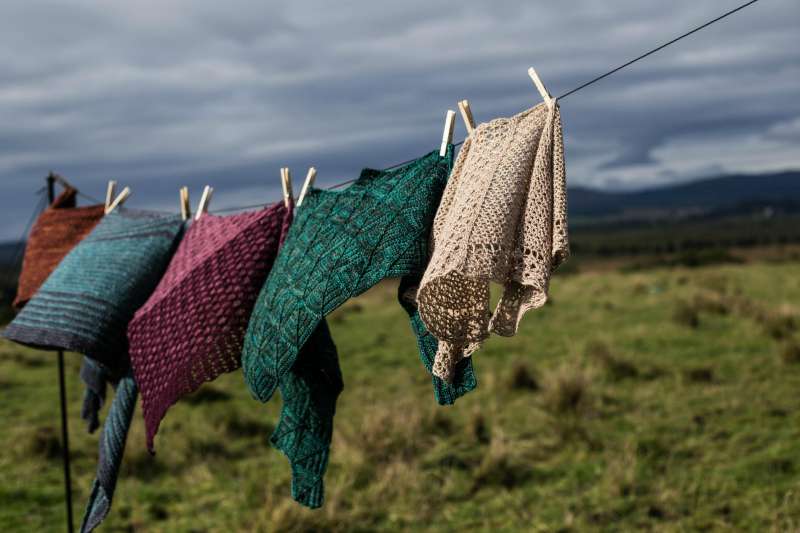
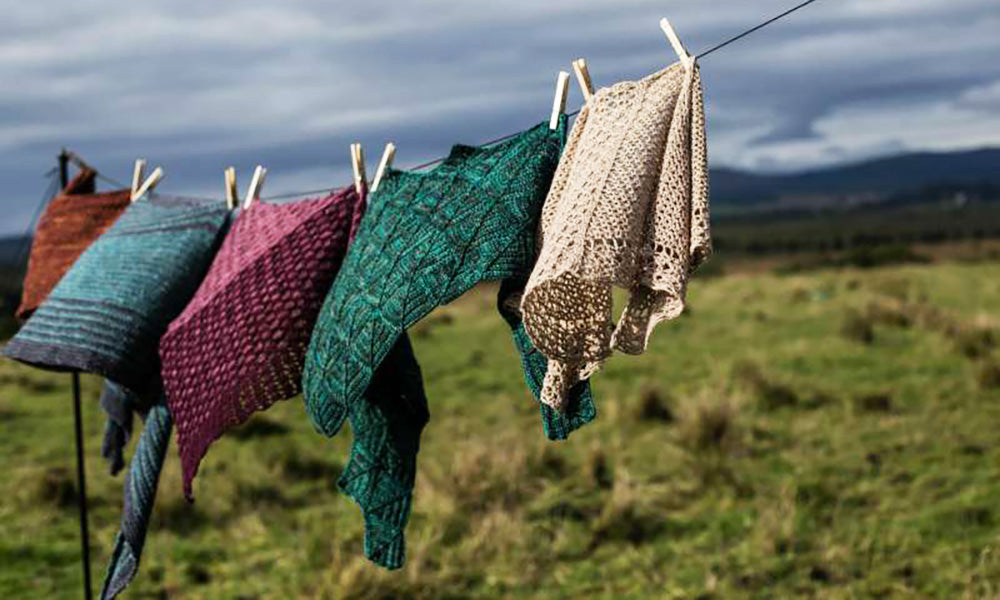
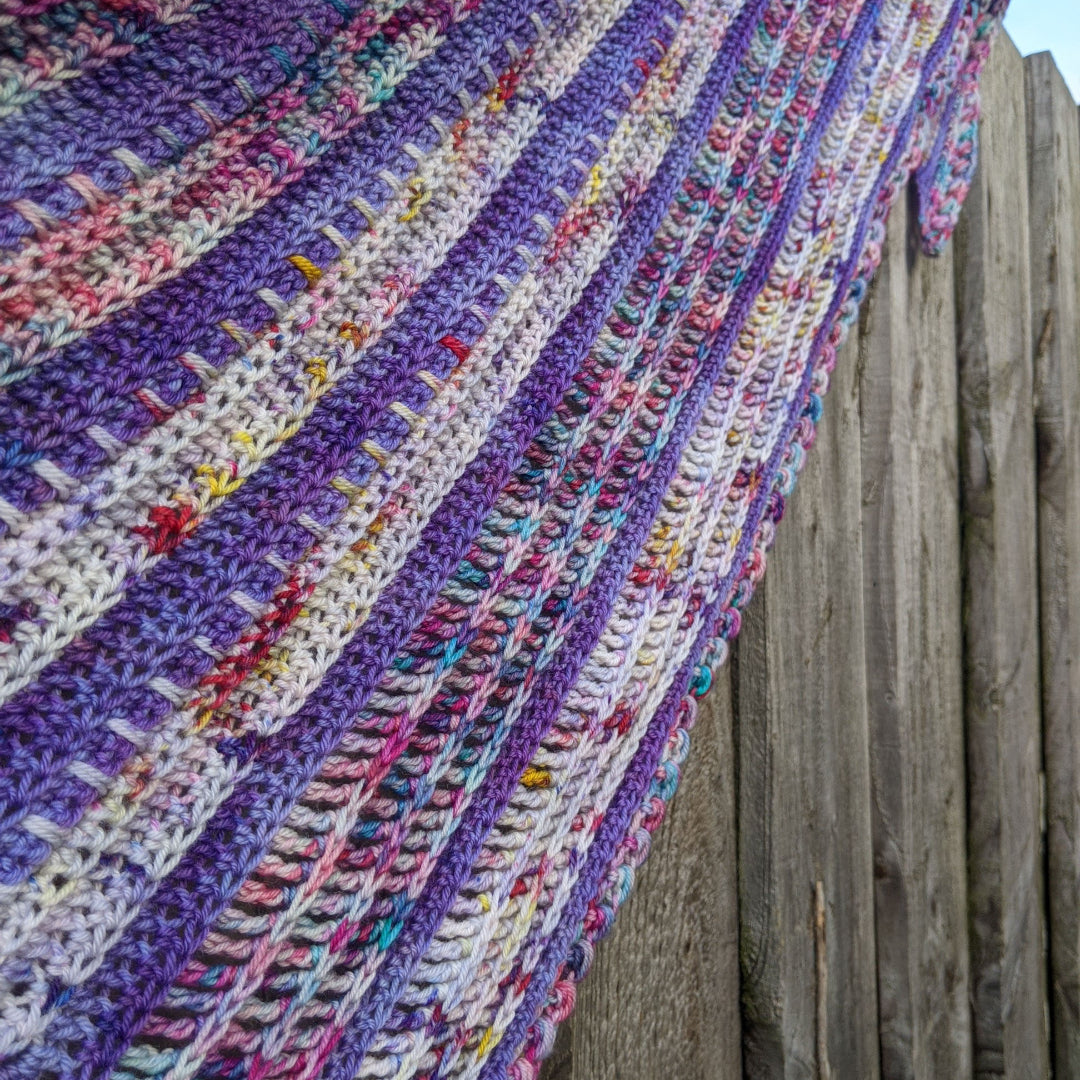
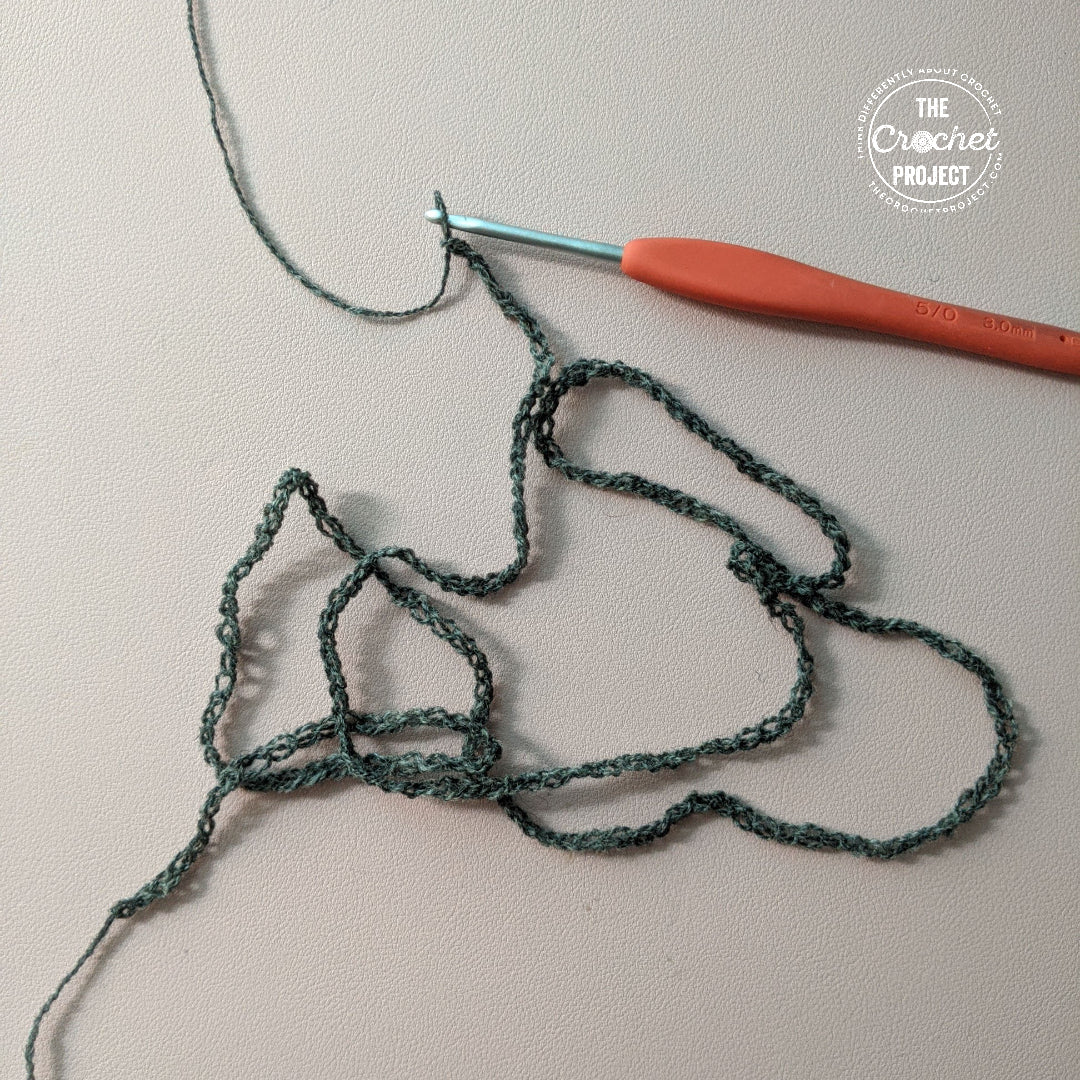
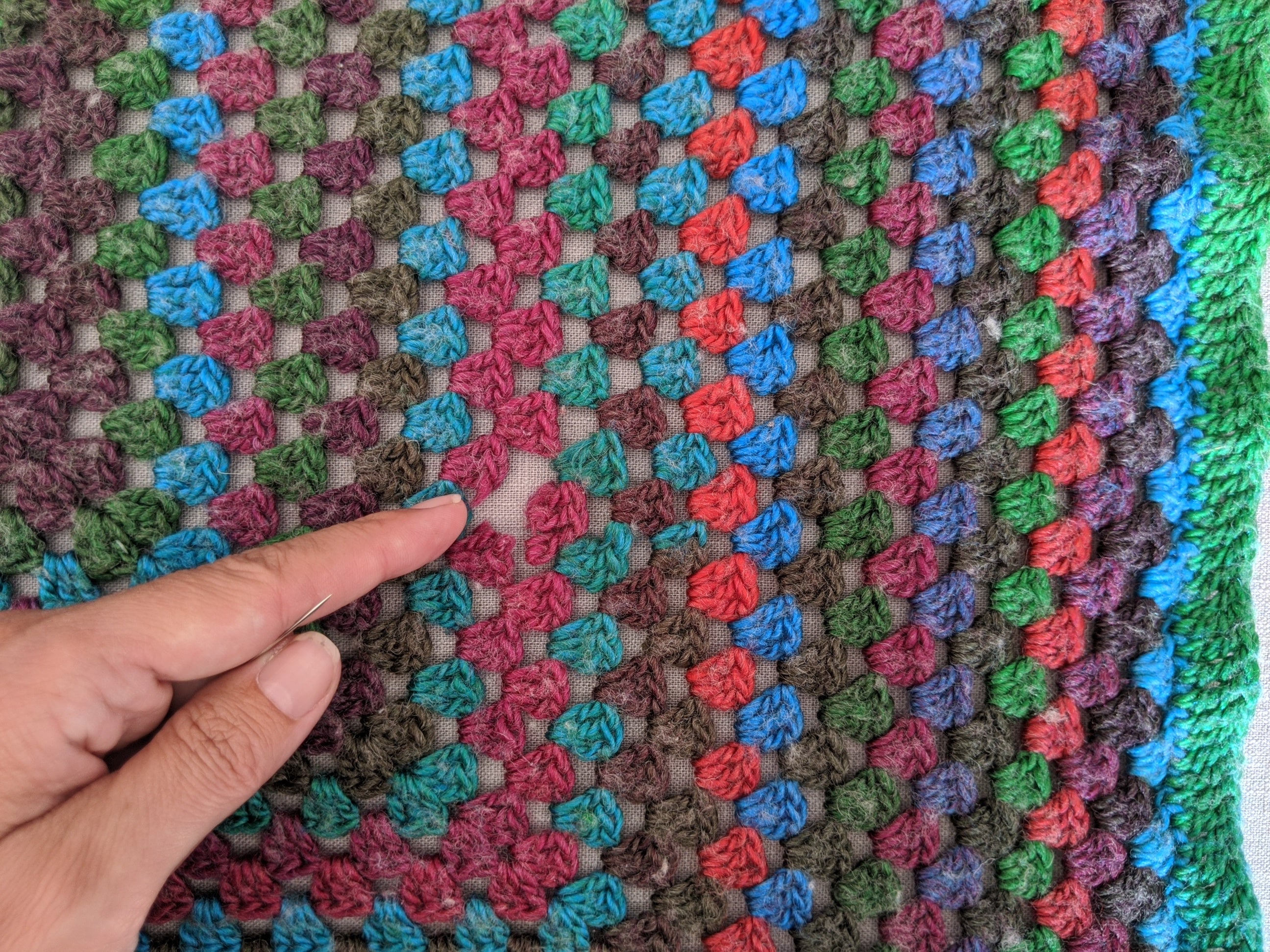
Leave a comment
All comments are moderated before being published.
This site is protected by hCaptcha and the hCaptcha Privacy Policy and Terms of Service apply.